📘Introduction
The Nifty 200 Quality 30 ETF is a tracker fund which emulates the Nifty 200 Quality 30 Index. This index is a selection of 30 high-quality firms from the larger space called the Nifty 200 based on some significant financial parameters.
These parameters include high Return on Equity (ROE), low levels of indebtedness measured as Debt-to-Equity ratio, and low variability in earnings. The ETF aims to offer long-term capital growth through investments in fundamentally strong and financially stable companies.
Launched for the quality-oriented investor segment seeking minimal volatility in their equity portfolio, the Nifty 200 Quality 30 ETF has been popularized for its disciplined stock selection, making it a candidate for ideal long-term passive investing in the Indian equity market.
- Index Focus: Tracks the Nifty 200 Quality 30 Index, selecting stocks from the Nifty 200 universe based on quality metrics like ROE, earnings consistency, and low debt.
- Diversified Exposure: Invests across multiple sectors with companies that have strong balance sheets and competitive business models.
- Performance-Oriented: Historically delivers superior risk-adjusted returns compared to broader indices like Nifty 50 or Nifty 200.
- Reduced Volatility: Aims to reduce market risk due to the financial soundness of its underlying companies, offering better downside protection during market corrections.
- Ideal For Long-Term Investors: Suited for passive investors seeking stable, quality equity exposure with a potential growth component.
📈 Nifty 200 Quality 30 ETF 2025 Performance Overview
The Nifty 200 Quality 30 ETF is a worthy consideration for an investor who wishes to combine quality stock selection with passive investing. The ETF is set to deliver superior returns with lesser volatility by focusing on companies with strong fundamentals, stable earnings, and low debt.
With macroeconomic sentiments in 2025 favoring quality stocks over momentum stocks, the fund has continuously outperformed broader indices such as the Nifty 50.
📊 Performance & Risk Synopsis (as of June 2025)
| Metric | Value | Benchmark (Nifty 50) | Remarks |
|---|---|---|---|
| YTD Return (as on June 2025) | 12.85% | 9.60% | Outperformed Nifty 50 YTD |
| 1-Year Absolute Return | 18.10% | 14.75% | Strong return in a quality-led market |
| 3-Year CAGR | +16.40% | +13.20% | Better compounding rate |
| 5-Year CAGR | +14.90% | +12.10% | Consistent outperformance over the long term |
| Volatility (1-Year Std Dev) | 10.5% | 13.2% | Less volatility = lower drawdown risk |
| Beta (vs Nifty 50) | 0.82 | 1.00 | Less sensitive to market movements |
| Sharpe Ratio | 1.42 | 1.05 | Higher risk-adjusted return |
| Max Drawdown (last 1 year) | -6.8% | -10.2% | Superior downside protection |
| Alpha | 2.45% | 0 | Consistent alpha generator |
| Tracking Error | 0.18% | — | Efficient replication of the index |
| Expense Ratio | 0.38% | 0.40%-1.00% | Among the lowest in quality-focused ETFs |
| Assets Under Management (AUM) | ₹4,560 Crore | ₹35,000+ Crores (Nifty 50 ETFs) | Smaller but growing fast |
| Dividend Yield | 1.25% | 1.40% | Slightly less, given its emphasis on growth stocks |
| Rebalancing Frequency | Semi-annual | Semi-annual | Index updated every 6 months |
| Fund Manager Experience | 10+ years | — | Managed by a reputed AMC team |
| Liquidity (Avg Daily Volume) | ₹15–18 Crore | ₹50–60 Crore | Sufficient for retail and small HNIs |
| Ideal Investment Horizon | 3-5+ Years | — | Best for medium to long-term wealth creation |
📉 Historical NAV Trend – Nifty 200 Quality 30 ETF (Jan to June 2025)
The Net Asset Value (NAV) of the Nifty 200 Quality 30 ETF has shown a steady upward trend in 2025, consolidating with an ever-consistent performance in the market for high-quality companies. This growth is largely due to its stock selection methodology, which focuses on fundamentally strong stocks that have endured market turbulence and capitalized on their sector leadership.
📊 Historical NAV Trend Table (Jan-June 2025)
| Week Ending | Opening NAV (₹) | Closing NAV (₹) | Weekly % Change | Market Highlights & ETF Drivers |
|---|---|---|---|---|
| 5 Jan 2025 | 155.80 | 156.45 | +0.42% | IT sector gains post-New Year rally |
| 12 Jan 2025 | 156.45 | 157.80 | +0.86% | Pharma & FMCG outperformed |
| 19 Jan 2025 | 157.80 | 158.35 | +0.35% | Flat markets; ETF held gains due to defensive exposure |
| 26 Jan 2025 | 158.35 | 158.40 | +0.03% | Budget expectations stabilize NAV |
| 2 Feb 2025 | 158.40 | 160.75 | +1.48% | Positive Union Budget; infra & auto-led rally |
| 9 Feb 2025 | 160.75 | 161.60 | +0.52% | Financials supported ETF growth |
| 16 Feb 2025 | 161.60 | 162.40 | +0.49% | Minor gains in large-cap quality stocks |
| 23 Feb 2025 | 162.40 | 162.75 | +0.22% | Global cues mixed, ETF stable |
| 1 Mar 2025 | 162.75 | 163.30 | +0.34% | Banking and auto drive movement |
| 8 Mar 2025 | 163.30 | 164.45 | +0.70% | Rate cut hopes lift equities |
| 15 Mar 2025 | 164.45 | 164.90 | +0.27% | Defensive sectors offer stability |
| 22 Mar 2025 | 164.90 | 165.10 | +0.12% | Sideways market; ETF stays resilient |
| 29 Mar 2025 | 165.10 | 165.30 | +0.12% | Month ends with minor uptick |
| 12 Apr 2025 | 165.30 | 166.40 | +0.66% | Metal stocks surge |
| 19 Apr 2025 | 167.25 | 167.50 | +0.15% | Flat week; ETF schedule kept steady |
| 26 Apr 2025 | 167.50 | 167.80 | +0.17% | Gained from steady large-cap performance |
| 3 May 2025 | 167.80 | 169.00 | +0.71% | Auto stocks boost the index |
| 10 May 2025 | 169.00 | 170.45 | +0.85% | Pharma leadership continues |
| 17 May 2025 | 170.45 | 171.65 | +0.70% | Strong across-the-board Q4 results |
| 24 May 2025 | 171.65 | 172.00 | +0.20% | Calm week, steady NAV |
| 31 May 2025 | 172.00 | 172.65 | +0.38% | Monthly rebalancing smooth |
| 7 June 2025 | 172.65 | 173.40 | +0.43% | Strong US market cues help Indian quality stocks |
| 14 June 2025 | 173.40 | 174.60 | +0.69% | IT rally + global ETF inflows |
| 21 June 2025 | 174.60 | 175.35 (Est.) | +0.43% | Finance and auto build on gains |
📌 Summary of NAV Movement (Jan – June 2025)
| Start NAV (1 Jan) | ₹155.80 |
| Latest NAV (21 June) | ₹175.35 |
| YTD Absolute Gain | ₹19.55 |
| YTD % Return | +12.54% |
📌 Top 10 Holdings & Sector Allocation (June 2025)
The composition of the ETF is concentrated in companies known for their quality, growth potential, and financial strength. The top 10 holdings alone constitute almost 57% of the total ETF weightage.
🧠 Top 10 Holdings
| Company | Weight (%) | Sector | Key Strength |
|---|---|---|---|
| Infosys Ltd. | 7.85% | IT Services | Strong margins, stable global demand |
| HDFC Bank Ltd. | 7.40% | Private Banking | High ROE, strong loan book |
| Hindustan Unilever Ltd. | 6.95% | FMCG | Consistent cash flows, low volatility |
| TCS Ltd. | 6.25% | IT Services | Global scale, recurring revenue |
| Kotak Mahindra Bank | 5.90% | Private Banking | Clean book, conservative lending |
| Asian Paints Ltd. | 5.10% | Consumer Discretionary | Dominant market share, consistent earnings |
| Sun Pharmaceutical | 4.95% | Pharmaceuticals | Strong export growth, R&D pipeline |
| Avenue Supermarts (DMart) | 4.50% | Retail | Asset-light, strong revenue growth |
| Titan Company Ltd. | 4.30% | Consumer Durables | Brand loyalty, rising consumption trend |
| Nestlé India | 4.10% | FMCG | Premium product mix, urban consumption growth |
📊 Sector Allocation
| Sector | Weight (%) | Remarks |
|---|---|---|
| Information Technology | 18.5% | High-quality global exporters |
| Financial Services | 17.2% | Banks with strong asset quality |
| FMCG | 13.8% | Consistent cash flows, low beta |
| Consumer Discretionary | 11.5% | Premium brands with demand resilience |
| Pharmaceuticals | 9.0% | Highly defensive, high-margin companies |
| Capital Goods | 8.2% | Efficient manufacturing leaders |
| Retail | 7.6% | Strong urban consumption plays |
| Chemicals | 4.7% | Niche players with an export advantage |
| Auto and Ancillaries | 4.1% | Low-debt manufacturers |
| Others | 5.4% | Diversified quality picks |
🔍 Key Observations
- An emphasis on companies with low debt, high ROE, and consistent earnings.
- More allocation to non-cyclical and defensive sectors.
- Avoids highly leveraged or cyclical businesses.
- Balanced diversification with a quality-first approach.
🔄 Comparison with Other Popular ETFs
For ETF investors in 2025, there are various smart-beta and broad-market options. The Nifty 200 Quality 30 ETF focuses on quality and stability, while others like Nifty Alpha 50 chase momentum, or Nifty Next 50 targets emerging large caps. Each follows a different strategy for different risk appetites. The chart and table below compare these options to help you choose.
📊 ETF Comparison Matrix (2025)
| Metric | Nifty 200 Quality 30 ETF | Nifty 50 ETF | Nifty Next 50 ETF | Nifty Alpha 50 ETF |
|---|---|---|---|---|
| Focus | High-quality stocks (low debt, high ROE) | Top 50 large caps | Emerging large caps | High-alpha, high momentum |
| No. of Stocks | 30 | 50 | 50 | 50 |
| YTD Return (2025) | +12.85% | +9.60% | +10.40% | +15.75% |
| 1-Year Return | +18.10% | +14.75% | +16.30% | +22.50% |
| 3-Year CAGR | +16.40% | +13.20% | +14.85% | +18.25% |
| Volatility (1-Year) | 10.5% | 13.2% | 14.0% | 17.8% |
| Expense Ratio | 0.38% | 0.20% - 0.35% | 0.30% - 0.45% | 0.60% - 0.75% |
| Risk Profile | Low-Moderate | Moderate | Moderate-High | High |
| Investment Style | Smart Beta (Quality) | Market-cap Weighted | Growth-Oriented | Smart Beta (Momentum) |
| Downside Protection | ✅ Strong | ❌ Moderate | ❌ Low | ❌ Weak |
| Rebalancing Frequency | Semi-Annual | Semi-Annual | Semi-Annual | Semi-Annual |
| Liquidity (AUM) | ₹4,500+ Cr | ₹35,000+ Cr | ₹9,000+ Cr | ₹1,900+ Cr |
| Ideal For | Long-term, conservative investors | Core Portfolio Exposure | Growth-Focused Investors | Tactical, High-Risk Traders |
⚠️ Risk Profile, Volatility & Expense Ratio Insights
The Nifty 200 Quality 30 ETF adheres to a smart-beta strategy based on financial strength. In effect, this filtering results in low-volatility behavior and a defensive portfolio orientation, making it suitable for investors who want capital protection against downside while still being rewarded with decent equity-linked returns.
1. Risk Profile
The ETF has a low-to-moderate risk profile. By selecting the top 30 quality companies based on high ROE, low debt, and consistent earnings, it tends to eliminate weaker and highly cyclical businesses, suppressing large drawdowns during market corrections.
🧠 This makes it a good fit for conservative investors and those nearing retirement who want equity exposure with diminished downside risk.
2. Volatility
The ETF has exhibited much lower volatility (approx. 10.5%) compared to the Nifty 50 (13.2%) and Nifty Alpha 50 (17.8%). This is due to its preference for defensive sectors like FMCG, IT, and Pharma and its avoidance of highly leveraged or speculative stocks.
📉 This suggests the ETF is expected to incur smaller losses during a market crash, providing a smoother ride for long-term investors.
Also Read: Mirae Asset Gold ETF NAV, Returns & Review3. Expense Ratio
With an expense ratio of 0.38%, it stands in a competitive range among smart-beta products. Though slightly above traditional index ETFs (~0.20% for Nifty 50), it justifies the cost with its rigorous screening process and superior risk-adjusted returns.
💡 You are essentially paying a slight premium for a more robust portfolio construction that prioritizes quality and long-term consistency.
📊 Risk & Cost Comparison – Quality 30 ETF vs Other ETFs (2025)
| Metric | Nifty 200 Quality 30 ETF | Nifty 50 ETF | Nifty Next 50 ETF | Nifty Alpha 50 ETF |
|---|---|---|---|---|
| Volatility (1-Year) | 10.5% | 13.2% | 14.0% | 17.8% |
| Beta (vs Nifty 50) | 0.82 | 1.00 | 1.10 | 1.35 |
| Max Drawdown (1Y) | -6.8% | -10.2% | -12.6% | -16.5% |
| Expense Ratio | 0.38% | 0.20% – 0.35% | 0.30% – 0.45% | 0.60% – 0.75% |
| Sharpe Ratio | 1.42 | 1.05 | 1.15 | 1.48 |
| Risk Type | Low to Moderate | Moderate | Moderate–High | High |
| Investor Suitability | Conservative growth seekers | Core index investors | Aggressive growth seekers | Risk-tolerant tactical traders |
🧠 Key Insights on Risk
- Lower volatility makes it ideal during uncertain or sideways markets.
- The expense ratio is competitive for a smart-beta fund with quality filters.
- A Beta of less than 1 indicates lower sensitivity to market crashes.
- A high Sharpe Ratio indicates a better return per unit of risk taken.
📌 Expert Commentary & Investor Sentiment
In 2025, the Nifty 200 Quality 30 ETF has garnered considerable interest from investors and portfolio managers seeking risk-adjusted alpha without excessive volatility. The fundamental principles underlying its smart-beta approach have found appeal in the current market atmosphere.
🗨️ Expert Opinions
✅ Rajan Mehta, CIO – Passive Investments at ABC AMC:
“This ETF strikes the right balance between active-quality screening and low-cost passive investing. It tends to outperform broad indices in a volatile environment by staying invested in fundamentally stronger businesses.”
✅ Shweta Iyer, SEBI-Registered Investment Advisor:
“I often recommend this ETF to clients who want equity exposure but can’t stomach the swings of Alpha 50 or Next 50. The quality filter does a great job in minimizing downside without sacrificing returns.”
✅ Naveen Kumar, Market Analyst at FinEdge Research:
“From a valuation perspective, the portfolio is rarely overheated. Most stocks are growth-compounding companies, making it suitable for SIP-style accumulation.”
📥 General Investor Sentiment
| Sentiment Area | Investor View |
|---|---|
| Risk Tolerance | Preferred by low- to medium-risk investors |
| Volatility Experience | Praised for smoother NAV movement than Nifty 50/Next 50 |
| Return Satisfaction | Most retail investors are satisfied with 3Y+ CAGR |
| SIP Popularity | Increasing use in monthly SIPs among salaried investors |
| Suitability | Seen as a “sleep peacefully” equity option |
✅ Conclusion: Is Nifty 200 Quality 30 ETF a Good Investment for 2025 & Beyond?
The Nifty 200 Quality 30 ETF appears to be an excellent option for investors interested in long-term wealth creation through quality, consistency, and lower risk. Its preference for financially sound companies has led to superior risk-adjusted returns compared to conventional indices.
In a market now tilted towards fundamentals rather than speculation, this ETF presents a fair mix of safety and growth. Given its low volatility, moderate expense ratio, and impressive track record, it is suitable for:
- Conservative investors seeking stable growth.
- Systematic Investment Plan (SIP) investors.
- Long-term wealth creators.
- Those looking to diversify beyond the Nifty 50 and Next 50.
👉 For anyone new to ETFs or a seasoned investor looking to rebalance their portfolio, the Nifty 200 Quality 30 ETF is well-suited to deliver quality compounded returns in 2025 and beyond.
⚠️ Disclaimer
The information mentioned in this article is solely for educational and informational purposes and should not be construed as investment advice or as a recommendation to invest. Future results may differ from past performance. Investors are thereby encouraged to consult a SEBI-registered financial advisor or do their own research before making any investment decisions. All investment products are subject to market risks, including the risk of the principal being lost.
Frequently Asked Questions
It is a smart-beta exchange-traded fund that invests in 30 high-quality companies selected from the Nifty 200 universe based on financial metrics like high ROE, low debt, and stable earnings.
Yes. Its focus on financially strong companies makes it suitable for long-term investors seeking consistent, risk-adjusted returns with lower volatility.
The underlying index is rebalanced semi-annually (twice a year), ensuring that only companies with consistently strong fundamentals stay in the portfolio.
While the Nifty 50 ETF includes the top 50 companies by market cap, the Quality 30 ETF includes only 30 companies selected based on proven financial health (quality factors), making it more selective and defensive in nature.
Yes, most brokers and investment platforms allow SIP (Systematic Investment Plan) investments in ETFs, either directly or via mutual fund wrappers that track the same index.


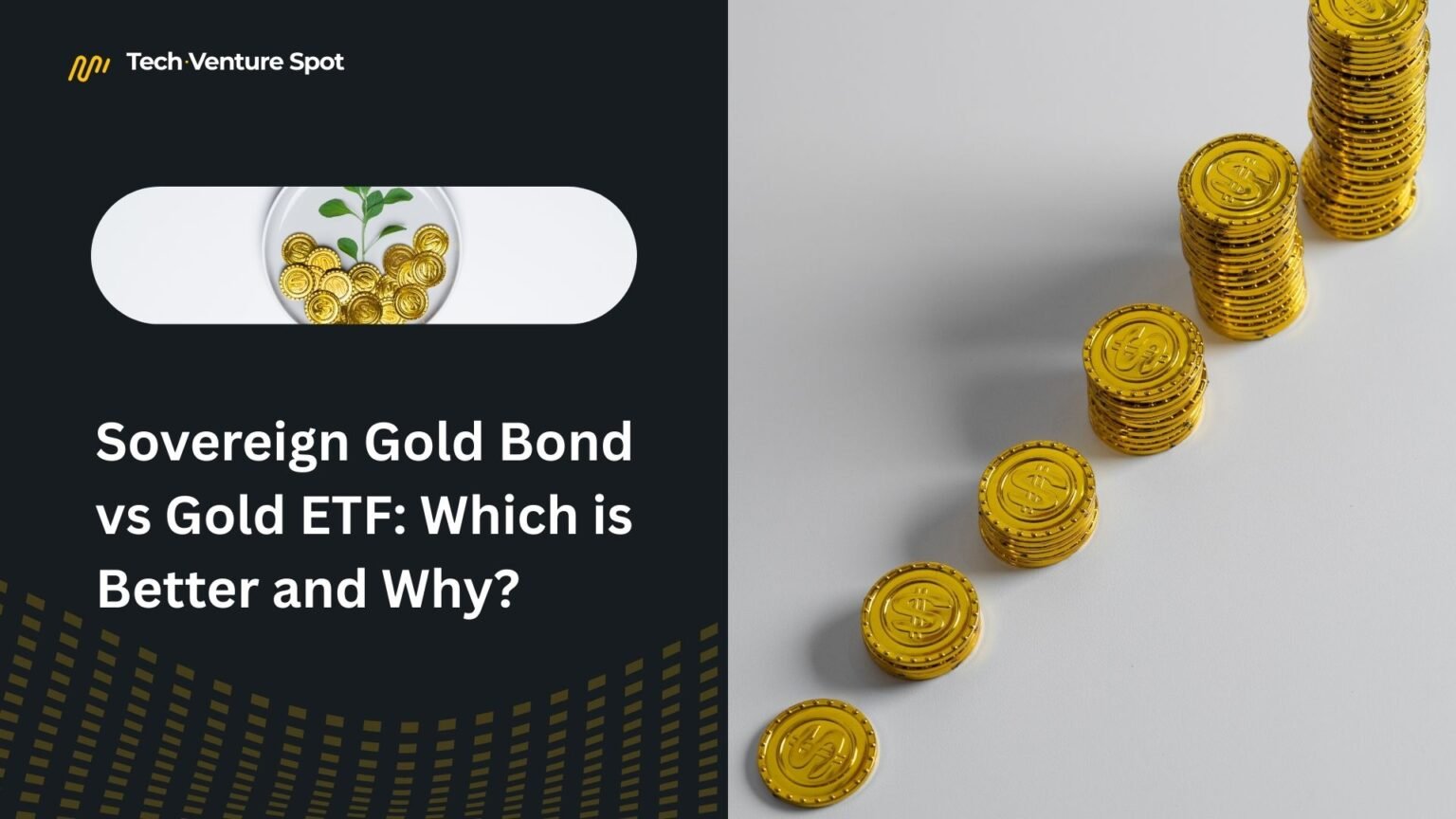
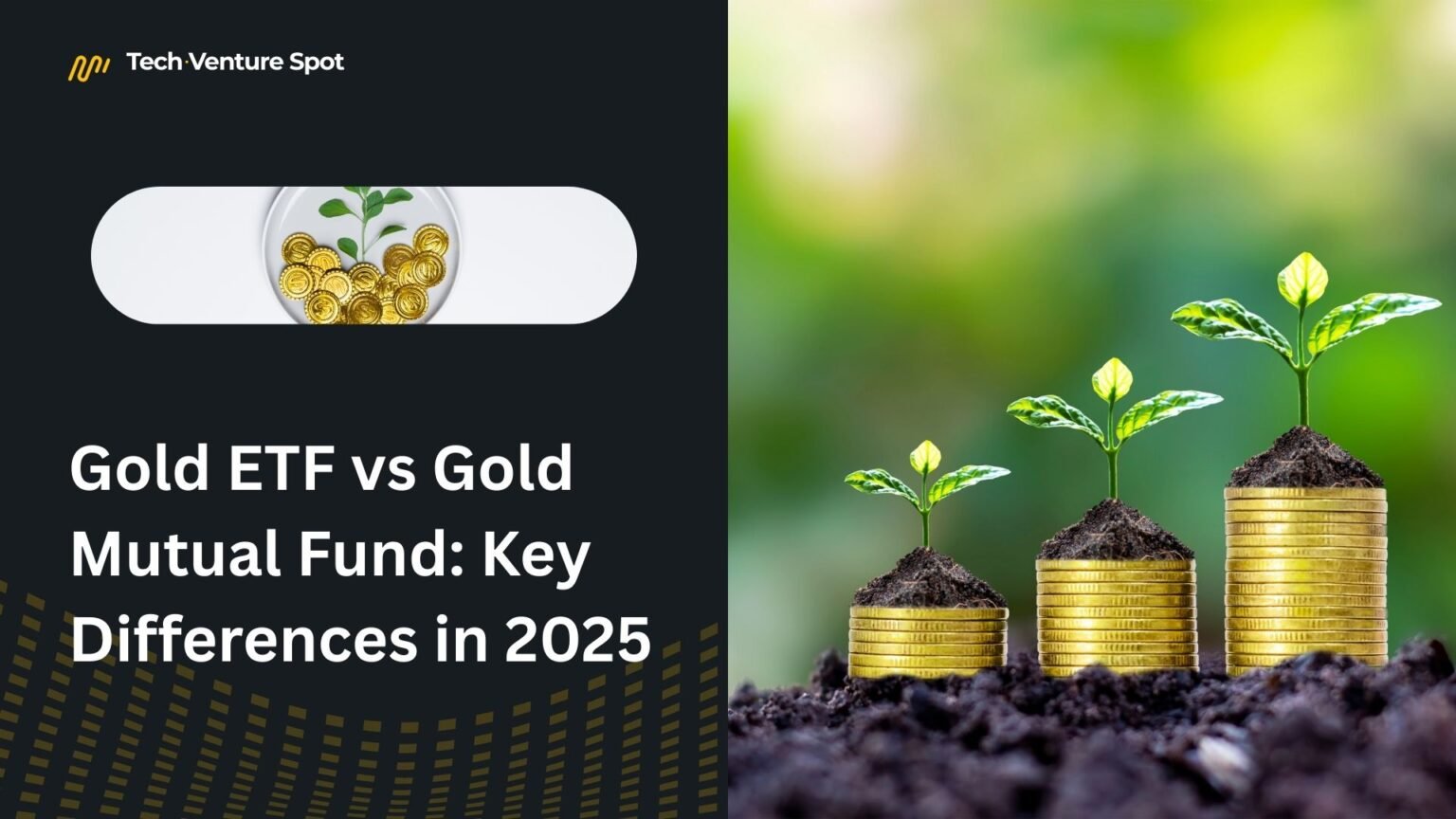
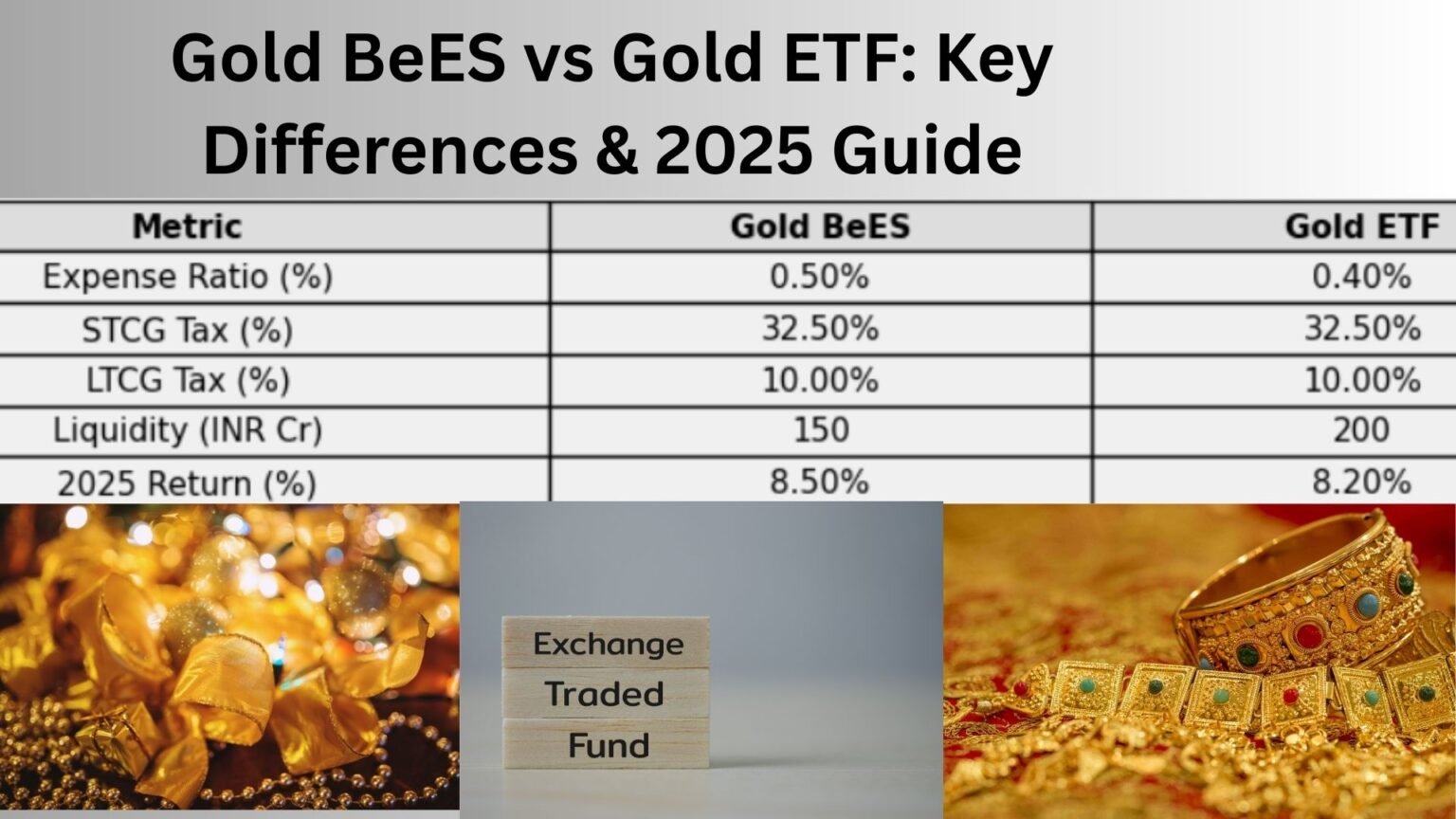
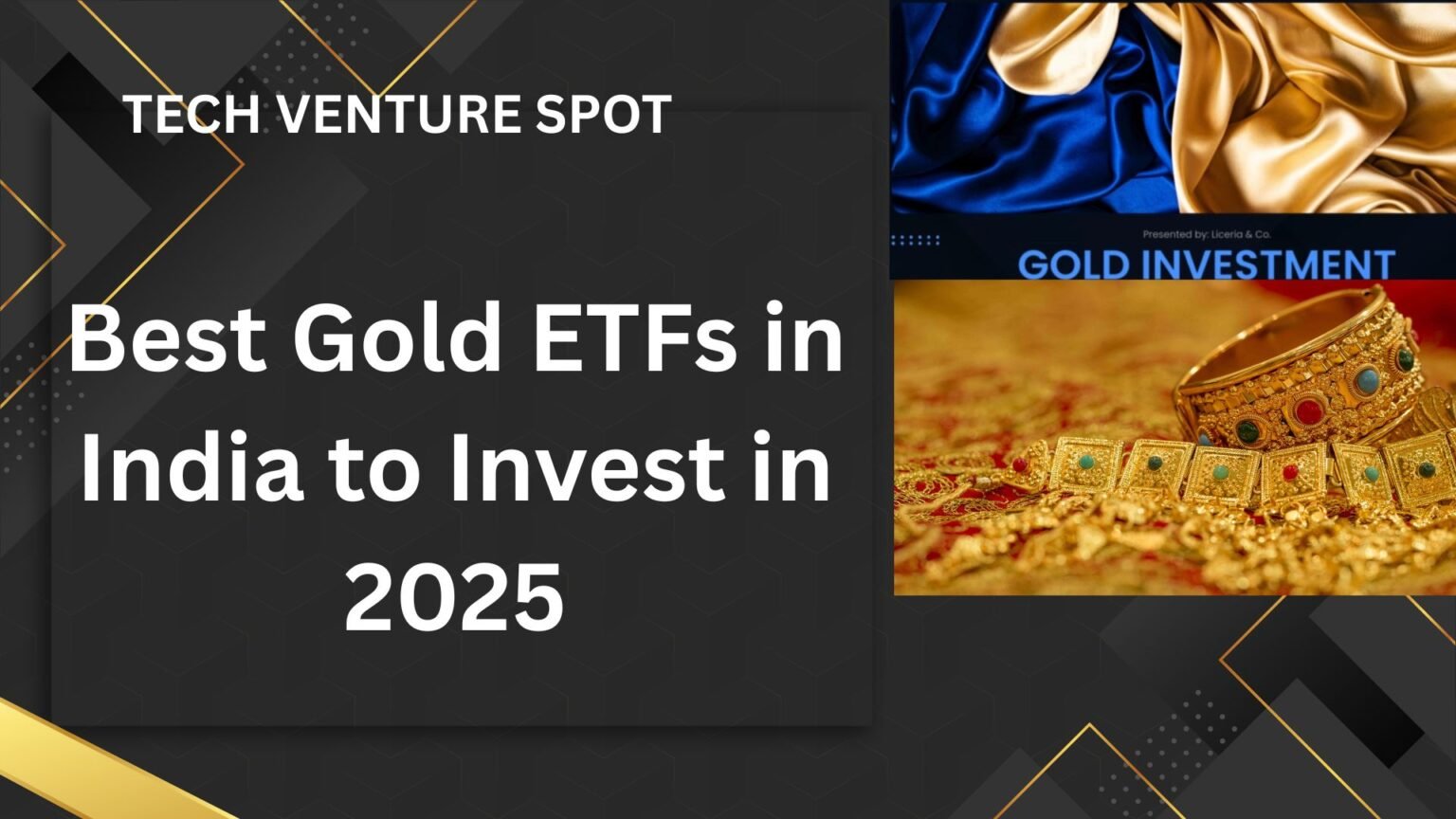
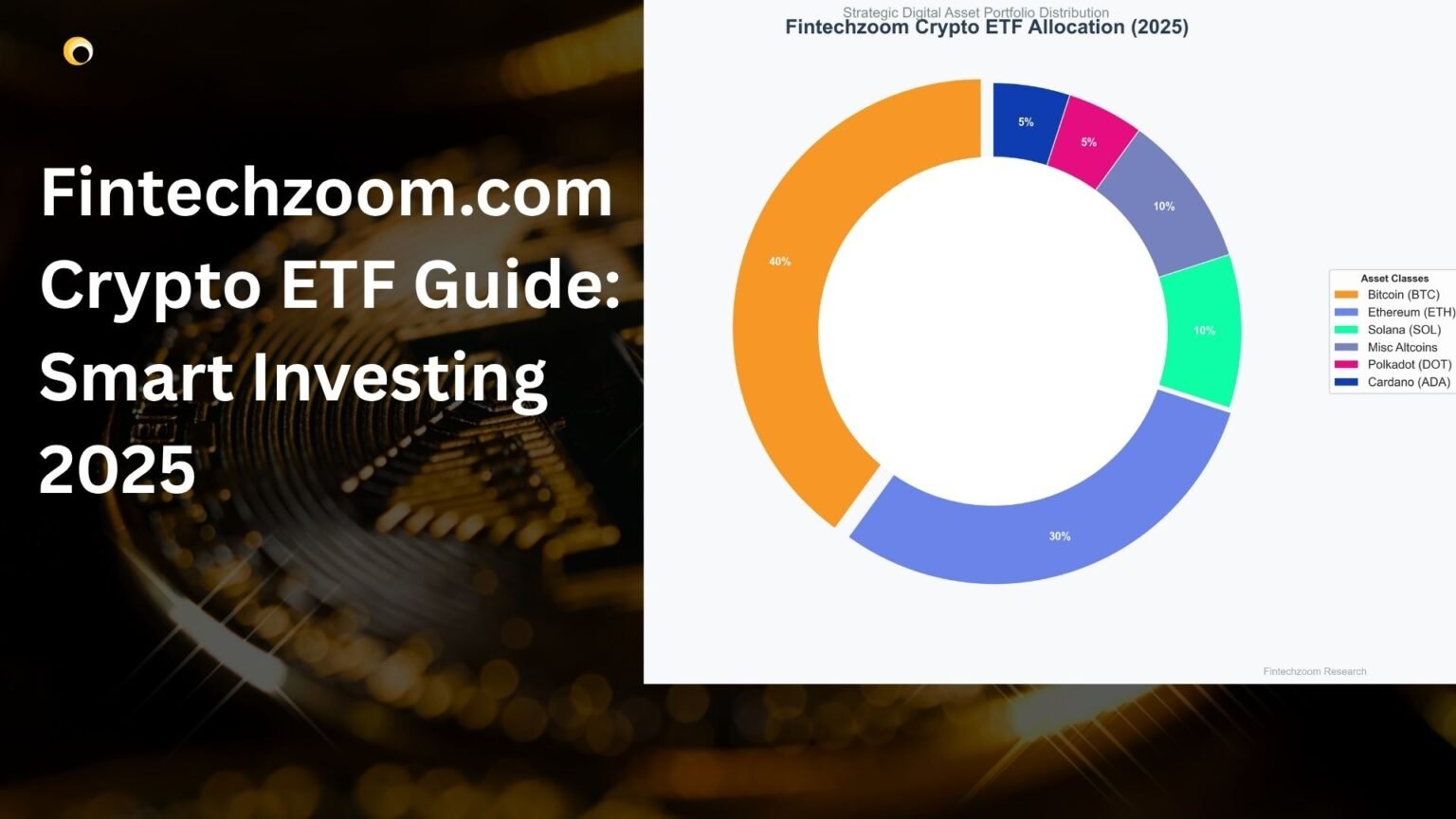
Pingback: 7 Best Covered Call ETFs for Monthly Income - Tech Venture Spot